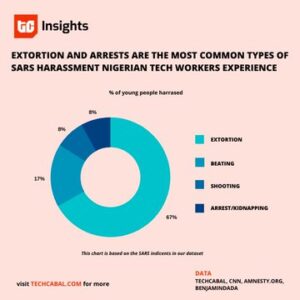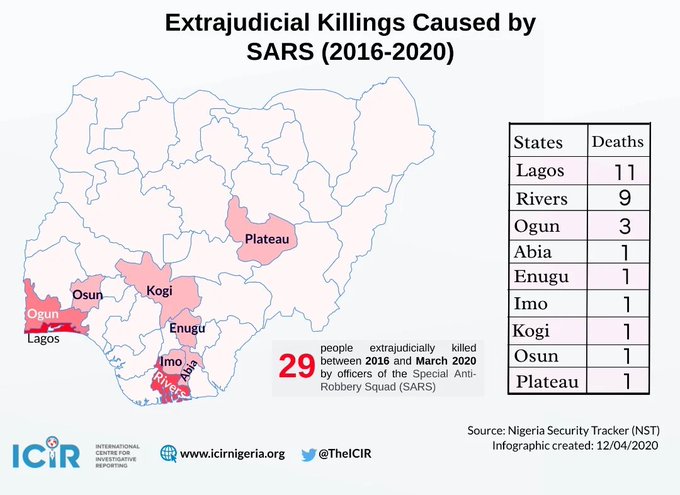Against the background of criticism of coverage of the #ENDSARS protests by the traditional media, we asked a digital media expert to highlight the missing elements. Below is his verdict.
- 1.While some of the TV stations have had noteworthy interviews, most traditional media outfits simply have not used online tools and data journalism practices effectively.
2. The websites of media organisations I have checked do not have a special section on #EndSARS (with the exception of Guardian which has a page that pulls all its #ENDSARS related stories on that page).
Beyond a historical archive of SARS related stories predating the protests till date, I expect a section that has maps, graphs, charts, live feeds, photos, videos, etc. They created live feeds on their websites for elections, yet what stops them from creating the same for the #EndSARS protests?
They should take a cue from the likes of BBC. Every day, the BBC has a live feed section on Africa – bbc.com/news/live/worl
3. It is not enough to simply report the news about the protests or report press releases. We already get that from SM. We have heard of protesters being attacked at protest grounds, arrested and detained in various police stations across Nigeria. Where are the stories, facts and figures behind all of these? If traditional media houses cannot create, can’t they curate and collate verifiable stories?
READ ALSO: HOW TO EFFECTIVELY COVER #ENDSARS PROTESTS
Having said this, a particular print media organization has a number of original SARS related videos stories that is worth commending. In essence, what I am saying is, “what is the value add traditional media organisations are providing at this time?” The value adds in my opinion is more to help the government use their channels as its mouthpiece for their (government’s) press releases. This is so pedestrian!
People have died, people have been shot, people have been detained and brutalized. What are their names? Who are they? What is the context of their lives? Who are their families? What really happened to them? Where are they now? I don’t expect such answers from traditional media organisations. Their patronage-based business models don’t support such creatively minded independent endeavours, after all, a leopard cannot change its spots.
There is also a near absence of data journalism approaches in the coverage of traditional media. With all the avalanche of facts and figures available, I expect media organizations to express reports in form of data. Where are the infographics? Don’t traditional media houses have web graphic designers, social media teams, online editors? What is the use of attending all the myriads of data journalism workshops when we can barely see such capabilities in use?


When we saw @channelstv in our protest ground we told them to … off.. even TVC was asked to F… off.. they are all compromised, they started begging and trying to convince us otherwise.@alikpo1

